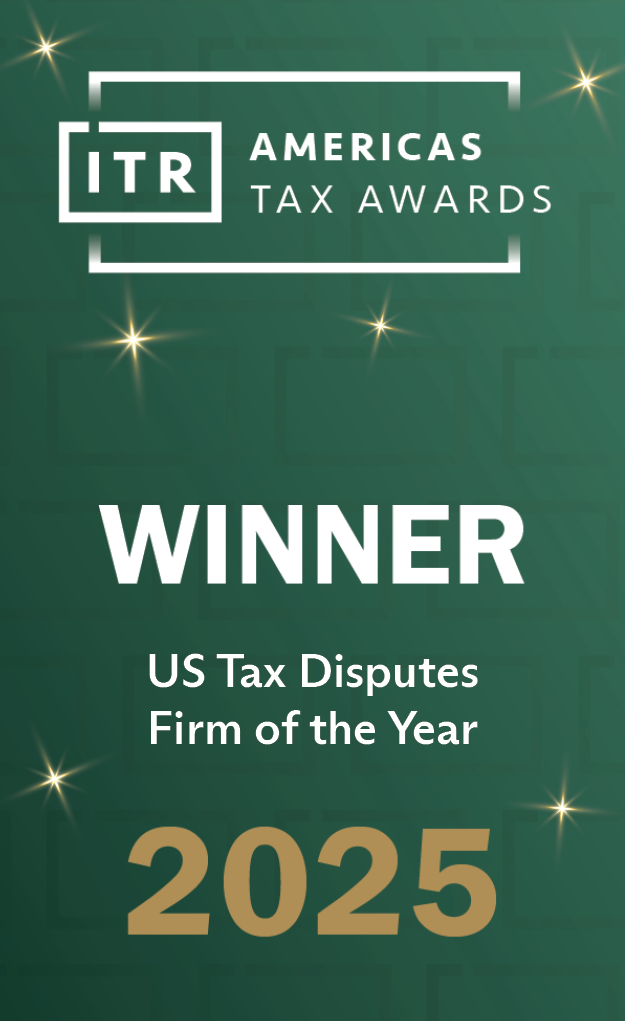On December 13, 2018, US Department of the Treasury and the Internal Revenue Service (IRS) released proposed regulations for the Base Erosion and Anti-Abuse Tax (the BEAT), which was added to the Code as part of the 2017 Tax Act. The proposed regulations provide helpful guidance on a range of important topics and generally go a long way toward a reasonable implementation of a very challenging statute. There is one aspect of the proposed regulations, however, that may be an unwelcome surprise for many taxpayers; the proposed regulations treat stock consideration in non-cash transactions as BEAT “payments,” thereby creating the potential for BEAT liability in situations involving certain liquidations, tax-free reorganizations and other non-cash transactions.
Located in section 59A, the BEAT imposes a minimum tax on US corporations (and certain foreign corporations, which are not the focus of this Insight) that consistently have annual gross receipts of $500 million or more and claim more than a de minimis amount of “base erosion tax benefits” for a taxable year. In general, as base erosion tax benefits increase, a corporate taxpayer’s BEAT liability increases.
The proposed regulations, which are generally proposed to be effective for tax years beginning after December 31, 2017, include guidance for determining the base erosion payments that will give rise to annual base erosion tax benefits. Prop. Reg. § 1.59A-3(b) applies the same four categories of base erosion payments found in section 59A(d) for amounts paid or accrued to a related foreign party. The two categories that should affect the most taxpayers are the general category for currently deductible items and the special category for the acquisition of depreciable or amortizable property. With respect to this latter category, the acquisition price of the property will constitute the base erosion payment, but only the amount of any depreciation or amortization deductions claimed in a tax year will produce a base erosion tax benefit for purposes of computing the BEAT.
The proposed regulations adopt complex operating rules to implement various key concepts set forth in the Code. One notable operating rule is found in Prop. Reg. § 1.59A-3(b)(2), providing that a base erosion payment may consist of “any form of consideration” provided by a corporate taxpayer and includes “cash, property, stock, or the assumption of a liability.” The preamble to the proposed regulations notes this rule may capture otherwise innocuous inbound non-recognition transactions between members of a commonly controlled multinational group where the parties use non-cash consideration, such as stock. For purposes of this rule, the preamble specifically identifies sections 351 exchanges, section 332 liquidations and tax-free reorganizations described in section 368 as base erosion payments under the special category for the acquisition of depreciable or amortizable property.
As a result, internal restructuring transactions such as inbound “A,” “C,” “D” and “F” asset reorganizations can give rise to base erosion payments notwithstanding the fact that such transactions are undertaken with a bona fide business purpose or otherwise comport with other policy objectives of the 2017 Tax Act, which encourage the on-shoring of income-producing assets. This may be seen as a harsh result given that US corporations can generally implement such transactions on a tax-free basis following the 2017 Tax Act.
The amortization and depreciation of the assets acquired by a US corporation in such inbound transactions would be considered a base erosion tax benefit. Thus, while taxpayers generally prefer a fair market value basis step-up for acquired property, in the BEAT context, having a value-basis disparity with a lower carryover basis may be preferential in order to limit future base erosion tax benefits. Such a disparity may also enhance a corporate US corporation’s foreign-derived intangible income benefit under section 250 due to decreased basis in qualified business investment assets.
The preamble confirms, however, that depreciable or amortizable property distributed to a US corporation by a foreign subsidiary in a section 301 distribution cannot give rise to base erosion tax benefits because the US corporation provided no consideration in exchange for the property.
The proposed regulations do not elaborate further beyond what is described above, leaving several questions open. For example, should form or substance control for purposes of determining whether a US corporation makes a base erosion payment for depreciable or amortizable property? If substance controls, then the deemed issuance of stock under the meaningless gesture doctrine in a section 351 exchange or in a section 368 tax-free asset reorganization would constitute a base erosion payment even though no non-cash consideration is provided. Likewise, a deemed section 332 liquidation, as part of a check-the-box election, would also constitute a base erosion payment. Alternatively, if form controls, then dividend equivalent redemptions under section 302(d), which are treated as section 301 distributions, would constitute base erosion payments because the US corporation technically provides stock in consideration for the acquired property.
The proposed regulations also provide helpful transition guidance for depreciable or amortizable property that was acquired from a foreign related party before the BEAT was enacted. Specifically, the preamble to the proposed regulations confirms that depreciation or amortization deductions taken in 2018 or beyond from property that was acquired before December 31, 2017, cannot give rise to a base erosion tax benefit, because the payment for the property was made prior to the effective date of the statute.
In summary, although the proposed regulations provide helpful guidance on a range of different issues, if the new operating rules in the proposed regulations are finalized in their current form, US corporations could trigger a significant BEAT liability for internal, business-motivated transactions that are intended to be tax-free. A US corporation can avoid this result by causing any depreciable or amortizable property to be distributed as part of a section 301 distribution, which, depending on the circumstances, may or may not be completely tax-free following the 2017 Tax Act. Finally, any depreciation or amortization deductions claimed on property acquired before the BEAT was enacted should not give rise to a base erosion tax benefit and, thus, should be excluded from the BEAT computation.







